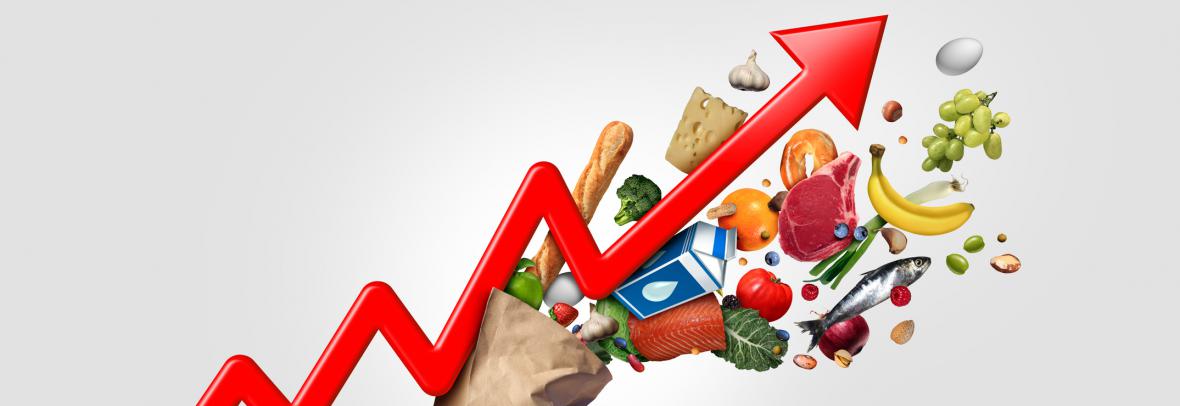
The rising cost of housing has made inflation higher in most of Fla. While that’s not good, the reason for it – higher demand from new relocating residents – is.
MIAMI – In nearly two years of skyrocketing inflation, trying to outpace it by finding where prices are not rising as fast has been a constant push and pull. While real estate prices in some overinflated coastal markets have finally started to break, a rising cost of living is still preventing many from taking advantage.
Amid a wave of high-earning coastal residents moving there for affordability, cities such as Phoenix and Las Vegas saw some of the highest real estate price spikes in 2022. But as demand wavered, 2023 is seeing Florida quickly became the country’s “inflation hotspot.”
The reasons have primarily to do with the fact that the influx of residents to the Sunshine State has never really faded. Due to its proximity to the water and longstanding status as a retiree destination, it is still seeing population growth that drives up everything from housing demand to prices for things like food, electricity and transportation.
The area around Miami-Fort Lauderdale-West Palm Beach is one of the most stark examples. While the consumer price index measuring inflation in a wide range of sectors was 4% in May nationwide, the Miami-Fort Lauderdale-West Palm Beach saw price increases of 9%.
The slightly less affluent Tampa-St. Petersburg-Clearwater area still saw inflation rise by 7.3%. Between 2021 and 2022, Florida’s population grew by 1.91% from 21,828,069 to 22,244,823 – the fastest population growth in the country and a major problem for longtime residents who are increasingly being pushed out of homeownership by wealthier newcomers.
‘A lot of people are still coming to Florida’
“A lot of people are still coming to Florida because the economy is really strong, and many like the fact that we don’t have an income tax like in New York,” University of Florida economist Amanda Phalin told CNN, which was the first to dub the state as an inflation hotspot. “And in places like Miami, we’re seeing a lot of real estate demand from non-Floridians or non-American investors – generally wealthy folks who want to have a nice home here.”
Even though much of Florida’s inflation is driven by the non-peaking cost of housing, food, energy and insurance prices have also been rising faster than in the rest of the country.
While Phoenix saw its inflation drop from a September 2022 peak of 13% to 7.4% now, Miami only slipped from a 10.2% peak to 9% – the small drop is largely due to extreme unaffordability momentarily driving down demand to buy housing. Most economists predict that it will bounce back at the first turn in the market.
“Both the rental and purchasing markets are seeing upward pressures on prices from all these factors,” Phalin said to CNN. “A lot of homes are converting themselves into Airbnbs and some homeowner associations prohibit people from renting out their homes.”
By contrast, the big city lowest on the “inflation hotspot” list is Minneapolis. While housing prices drove inflation to an 8.7% peak in June 2022, it is now at just 1.8% amid a rush of construction of multifamily properties as well as lower “demand explosion” than in states such as Florida and some of the growing Southern cities that many turn to as a more affordable option.
© Copyright 2023, The Victoria Advocate
Go to Source
Author: kerrys



